
Author Mads Timmermann
Mads has 14+ years of experience as a skin expert and has written/read this article.
Chest acne can be an embarrassing and uncomfortable condition, but fortunately, there are several effective ways to treat it and prevent future outbreaks. Understanding the underlying causes of chest acne, such as hormonal fluctuations, stress, and bacteria, is essential to finding the best treatment plan. By taking immediate steps to reduce acne and establishing a consistent skincare routine, most people can improve the appearance of their skin and reduce the risk of scarring.
One of the most important aspects of treating chest acne is identifying the factors that may trigger or worsen breakouts. These could include tight or non-breathable clothing, excessive perspiration, and harsh skincare products. Implementing long-term skincare strategies, such as daily cleansing, exfoliation, and moisturizing, helps maintain healthy skin and minimize the occurrence of acne. However, if your chest acne continuously worsens or causes severe emotional distress, it's crucial to consult a dermatologist for professional advice and treatment options.
Key Takeaways
- Addressing the causes of chest acne and implementing effective treatments can improve skin appearance.
- Maintaining a consistent daily skincare routine is essential to minimize acne breakouts.
- Seek professional advice from a dermatologist if acne worsens or causes significant emotional distress.
Understanding Chest Acne
Chest acne, similar to facial acne, can be an annoying and persistent problem for many people. In this section, we will briefly discuss the causes and types of chest acne to help you better understand it and ultimately find ways to deal with it effectively.
Causes of Chest Acne
Chest acne usually occurs due to an excessive production of oil by the sebaceous glands in the skin that clogs the pores. This oil, combined with dead skin cells and bacteria, results in acne. Some common factors contributing to chest acne include:
- Hormonal changes: Fluctuations in hormone levels are a major trigger for acne, with androgens increasing the production of sebum.
- Excessive sweating: This can contribute to clogged pores, especially when combined with tight clothing that restricts the skin from properly breathing.
- Diet: A diet high in sugar and dairy products may worsen acne, as these foods can trigger inflammation and hormonal imbalances.
- Stress: High stress levels can lead to hormonal imbalances, which in turn can exacerbate acne.
Making lifestyle changes to address these factors can help in reducing chest acne.
Types of Chest Acne
Understanding the different types of chest acne is essential for targeted treatment. Here are the most common types:
- Whiteheads: Small, white bumps caused by clogged pores.
- Blackheads: Dark spots on the skin's surface due to open clogged pores.
- Papules: Small, red, and inflamed bumps that may become sensitive or painful.
- Pustules: Similar to papules, but filled with pus.
- Cysts: Large, painful, pus-filled bumps deep within the skin.
Each type of chest acne might require a different treatment approach. For example, mild cases with whiteheads or blackheads can often be treated with over-the-counter products, while severe cases with cysts may require prescription medications or even medical procedures. Consult a dermatologist to properly assess your acne and find the most effective treatment plan.
Immediate Action to Reduce Acne
Topical Treatments
We recommend two main types of topical treatments that can show quick results in reducing chest acne:
- Benzoyl peroxide: This powerful ingredient is known for its rapid bactericidal action which helps reduce acne-causing bacteria on the skin. It's available in various strengths, usually ranging between 2.5% to 10%. Start with a lower concentration to minimize potential skin irritation, and follow the product's instructions for proper use.
- Salicylic acid: This is a popular beta-hydroxy acid (BHA) that can help exfoliate the skin and unclog pores, which is essential in minimizing chest acne. Look for cleansers and lotions containing salicylic acid, in concentrations ranging from 0.5% to 2%. Use these products as directed on the packaging.
Note: Always patch test the products on a small area of skin to check for any adverse reactions.
Home Remedies
Apart from the topical treatments, there are a few home remedies that can help in reducing chest acne quickly:
- Tea tree oil: This essential oil has been recognized for its antimicrobial properties, and can be diluted in a carrier oil (like jojoba oil), then applied directly to the affected areas. Remember to start with a low concentration (1-2% tea tree oil) to avoid skin irritations.
- Apple cider vinegar: With its natural antibacterial properties, apple cider vinegar can help tackle acne-causing bacteria, but remember to dilute it (1 part vinegar to 3 parts water) before using. Apply the mixture to the affected areas using a cotton ball and let it sit for a few minutes before rinsing off.
- Honey: Known for its natural antibacterial and wound-healing properties, honey can help in calming inflamed acne lesions. Apply a thin layer of honey on the chest and leave it on for 15-20 minutes before rinsing off with lukewarm water.
Remember, while these home remedies can show quick results, it's essential to combine them with a consistent skincare routine and maintain a healthy lifestyle to achieve long-lasting improvements in chest acne.
Long-Term Skincare Strategies
Dietary Changes
One of the first steps to take in ensuring long-term care for your skin is to adopt a healthy diet. Consuming foods rich in vitamins, minerals, and antioxidants helps improve our skin's health. For instance, foods high in vitamin A, such as carrots and spinach, can help control acne. Including omega-3 fatty acids, found in fish, walnuts, and flaxseed, can help reduce inflammation. It's essential to avoid high sugar and processed foods, as they tend to worsen acne. To identify a customized skincare routine that suits your skin, you can take a skin test.
Regular Exercise
A healthy lifestyle is not only essential for overall well-being but also for maintaining skin health. Regular exercise improves blood circulation, which helps deliver nutrients to our skin cells, promoting a radiant complexion and reducing acne breakouts. Aim for at least 30 minutes of physical activity daily, and don't forget to shower and cleanse immediately after exercising. This ensures the removal of sweat, bacteria, and dead skin cells, preventing acne flare-ups. Make use of effective skincare products that target acne and other skin concerns.
Stress Management
Stress plays a significant role in our skin's health. When stressed, our bodies produce a hormone called cortisol, which can trigger inflammation and increase sebum production, leading to acne breakouts. To manage stress, it's essential to implement relaxation techniques such as yoga, meditation, and deep breathing exercises. Prioritizing a good night's sleep also helps lower stress levels, leading to healthier skin in the long run.
In conclusion, by adopting long-term skincare strategies such as dietary changes, regular exercise, and stress management, we can achieve and maintain clear, healthy skin, preventing chest acne and other skin issues.
When to See a Dermatologist
Chest acne can often be treated with over-the-counter products and good hygiene practices. However, there are situations when it is necessary to consult a dermatologist for more effective treatment. We'll discuss the scenarios that warrant a visit to the dermatologist, ensuring you get the best possible care for your skin.
First and foremost, if your chest acne is severe, such as nodulocystic acne (large, painful, and deep cysts), it's crucial to see a dermatologist promptly. Nodulocystic acne often requires more specialized and aggressive treatments to prevent scarring and further complications (source).
Another reason to visit a dermatologist is if your acne isn't responding to over-the-counter treatments or home remedies. Dermatologists can evaluate your skin and recommend prescription medications such as topical retinoids, oral antibiotics, and hormonal treatments when necessary. They can also determine if there are any underlying factors contributing to your persistent acne (source).
Additionally, if your chest acne is causing emotional distress or negatively affecting your self-esteem, a dermatologist can provide guidance and support, along with recommending treatments tailored to your specific needs. Acne is not just a physical concern but can impact our mental well-being as well. Seeking help from an expert ensures a holistic treatment approach (source).
In summary, if you're dealing with severe chest acne, acne that isn't improving with over-the-counter treatments, or acne that's causing emotional distress, it's time to see a dermatologist. They can provide the specialized care and support needed to help you achieve clearer skin and boost your confidence.
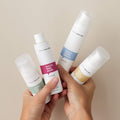
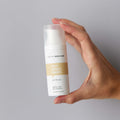
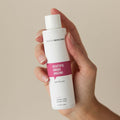
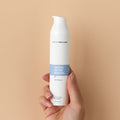
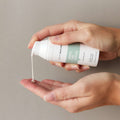
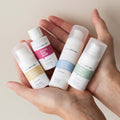
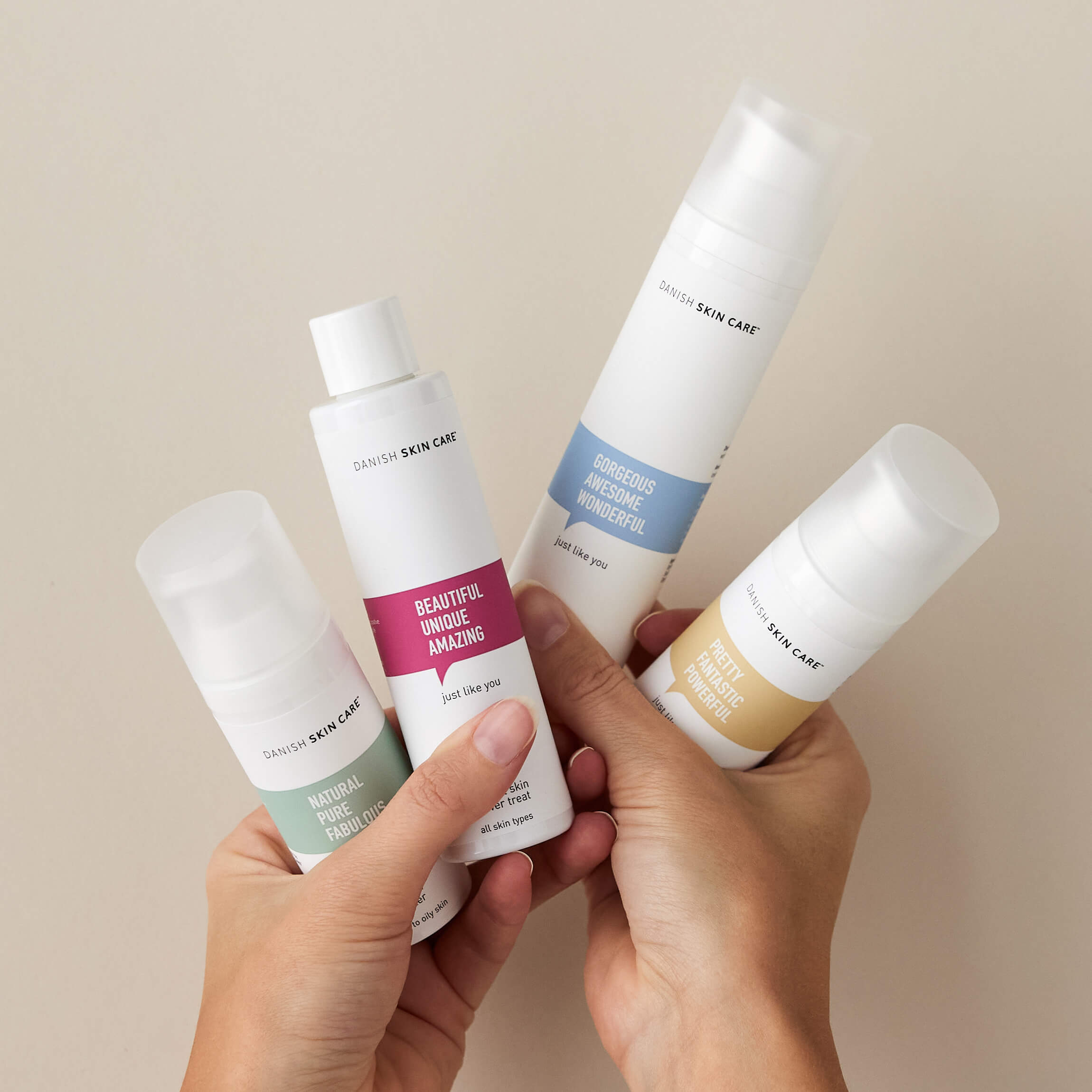
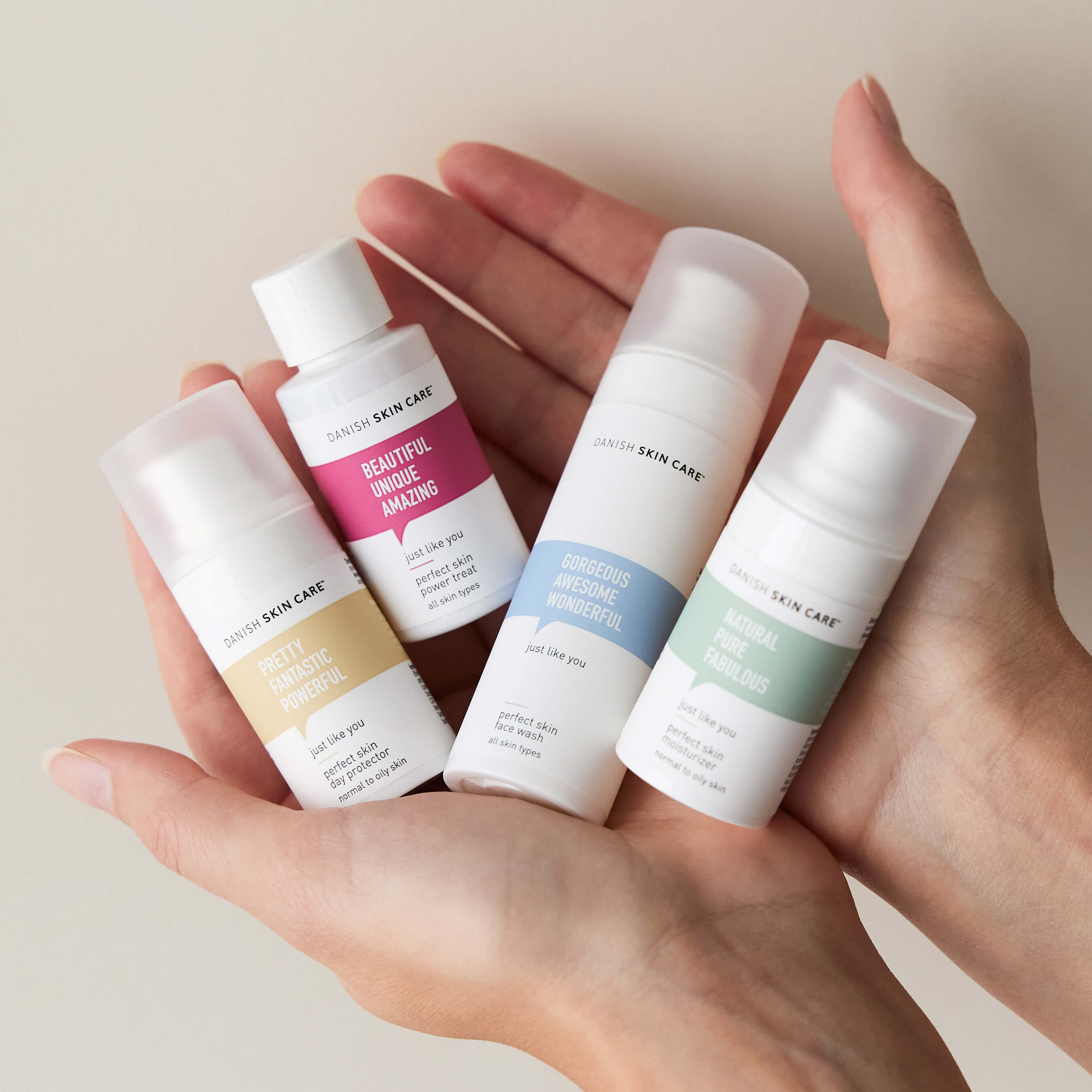

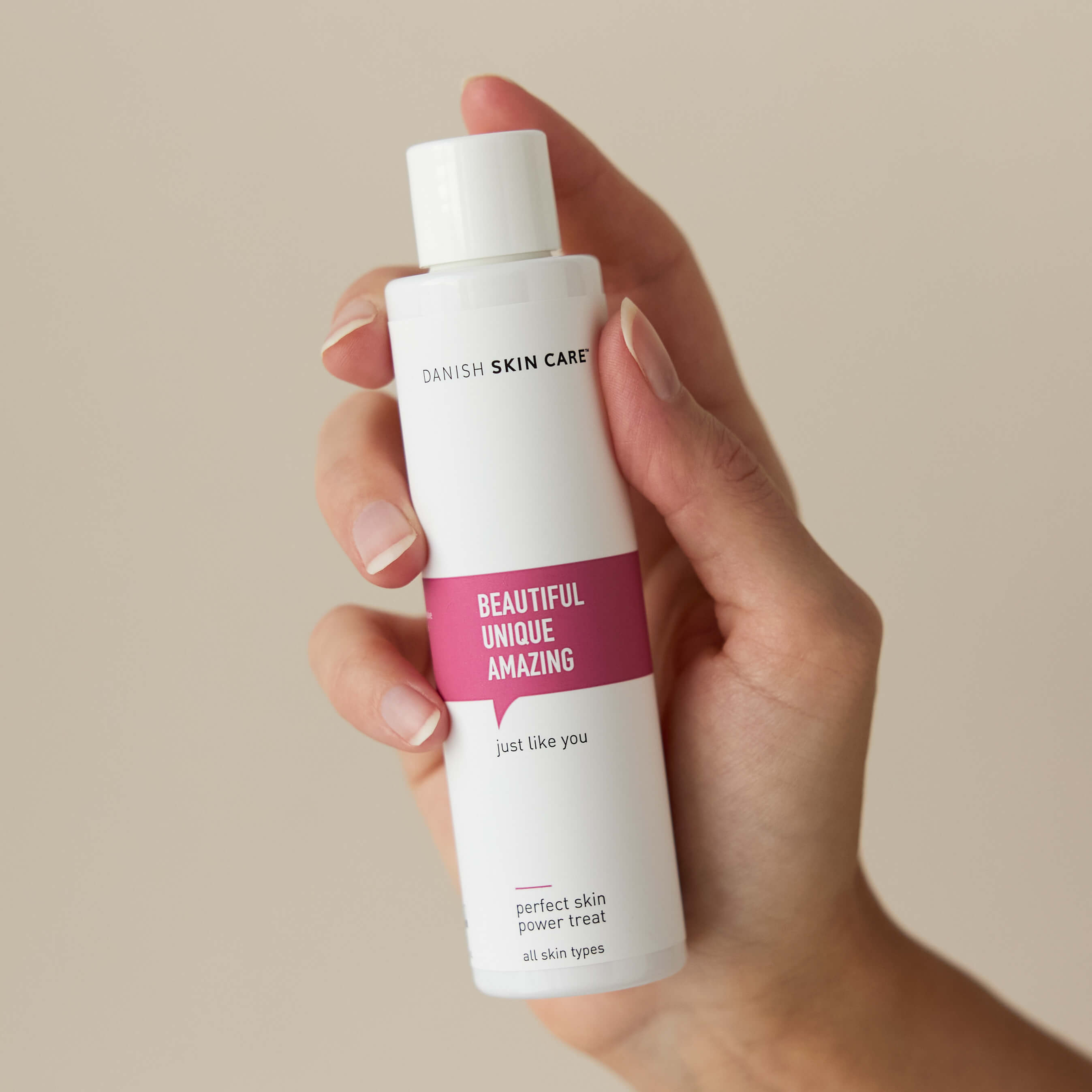


Leave a comment